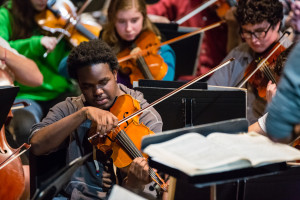 We have learned more about how the brain works in the last decade than ever before. Even with all the new knowledge we have about how children learn, our schools have been slow to adapt accordingly. In my time as a teacher and administrator, I have often been amused to see school leaders and academic teachers scrambling to adjust their delivery of instruction to match what music teachers have been doing all along — engaging all children regardless of ability level and exploiting their natural curiosity.
We have learned more about how the brain works in the last decade than ever before. Even with all the new knowledge we have about how children learn, our schools have been slow to adapt accordingly. In my time as a teacher and administrator, I have often been amused to see school leaders and academic teachers scrambling to adjust their delivery of instruction to match what music teachers have been doing all along — engaging all children regardless of ability level and exploiting their natural curiosity.
By the time instrumental music enters school curricula around the fourth or fifth grade, most students have been divided into “haves” and “have-nots” academically — or, if you will, “smart” kids and kids who need extra help and time on task with test prepping. By middle school, students are aware of their academic “levels” and begin to either engage fully in — or turn off and run away from — their schoolwork.
But instrumental music instruction hits a “reset button” of sorts, and levels the playing field again — everyone starts at “level zero”, and teachers and administrators are often surprised at who ends up thriving in instrumental music. It’s not always the students they considered to be the “smart ones”.
It’s through musical instrument instruction that schools have a beautiful opportunity to share music teachers’ best practices with the academic teachers. Great music instruction teaches habits of the mind that are recipes for success in every other academic endeavor. Here are some of those lessons:







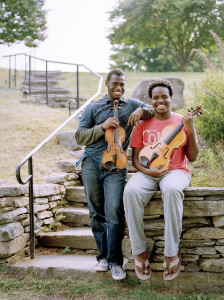
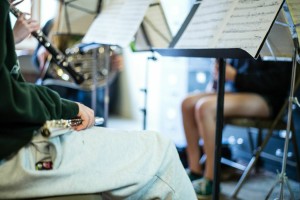
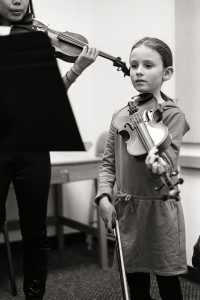
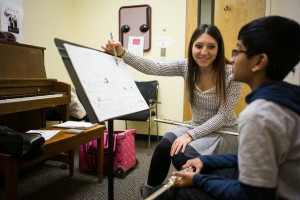
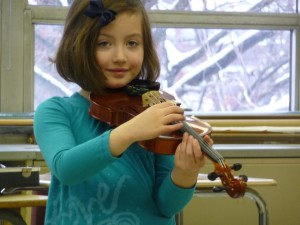
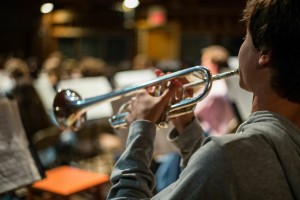
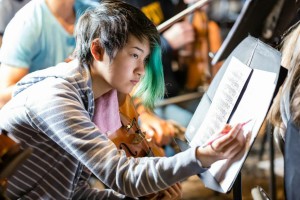


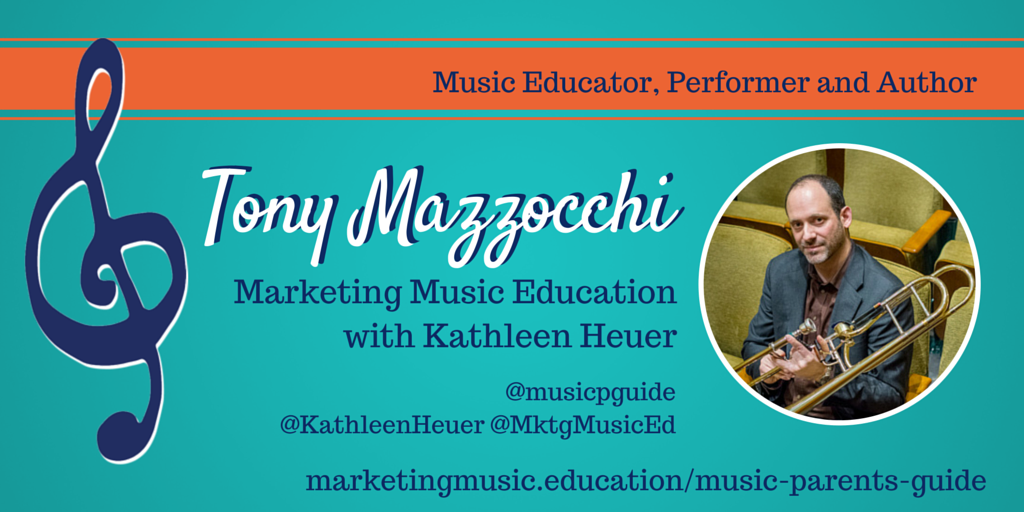
Recent Comments